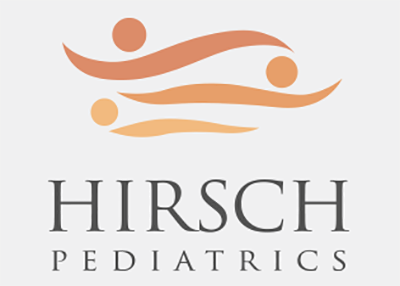Please Note: These guidelines are only for children who are fully vaccinated with no chronic medical illnesses.
These guidelines provide general guidance and should not be used as a substitute for the individual advice provided over the phone or at an appointment. If you have any significant or ongoing concerns, please call the office. Please contact Hirsch Pediatrics or go to the ER if your child is under 2 months old and has a fever (rectal temperature of 100.4 Fahrenheit or 38 Celsius).
These guidelines are written for patients of Hirsch Pediatrics and may not be copied or used without the written permission of Dr. Hirsch.
Benadryl Guidelines with Dosage Chart and Food Allergic Reaction First Aid
- Benadryl is an anti-histamine that can be helpful for children having an allergic reaction or an itchy rash. It is usually given to children 2 years of age and older.
- Benadryl can be given 3-4 times per day, every 6 – 8 hours. It is available in two forms: 1) Children’s liquid suspension and 2) Children’s chewable tablets.
- The main side effect of Benadryl is sedation which can lead to overtired toddlers who then have tantrums or other behavior side effects. Rather than risk unnecessary side effects associated with Benadryl, to manage longer term daily environmental allergies, we recommend non-sedating anti-histamines such as Claritin or Zyrtec. Please see our “Managing Allergies” handout for additional information on managing daily environmental allergies.
** Food Allergic Reaction First Aid: Please Note: Benadryl can also be used for children 6 months of age and older when they have a sudden, unexpected rash that is due to a possible food allergy. This type of rash may look like hives and become itchy. If your child has a sudden rash with any other concerning allergic symptoms including mouth or tongue swelling, progressive facial swelling, noisy breathing, vomiting, drooling, or significant irritability please give a dose of Benadryl and proceed directly to the ER. In this situation your child may need a much stronger medication than Benadryl. Please refer to KidsHealth website First Aid: Allergic Reactions for more information on First Aid for allergic reactions and when you need to follow-up with our office.
Benadryl Dosage Chart
*WHEN VIEWING ON MOBILE PLEASE TURN SIDEWAYS TO VIEW THE CHART ACCURATELY.
| Weight | Dosage | Children’s Liquid Suspension (12.5 mg/5 ml) |
Children’s Chewable (12.5 mg) |
| 11 – 16 lbs | 6.25 mg | ½ tsp (2.5 ml) | n/a |
| 17 – 21 lbs | 9.375 mg | ¾ tsp (3.75 ml) | n/a |
| 22 – 26 lbs | 12.5 mg | 1 tsp (5 ml) | 1 tablet |
| 27 – 32 lbs | 15.625 mg | 1 ¼ tsp (6.25 ml) | 1 tablet |
| 33 – 37 lbs | 18.75 mg | 1 ½ tsp (7.5 ml) | 1 tablet |
| 38 – 43 lbs | 21.875 mg | 1 ¾ tsp (8.75 ml) | 1 tablet |
| 44 – 54 lbs | 25 mg | 2 tsp (10 ml) | 2 tablets |
| 55 – 65 lbs | 31.25 mg | 2 ½ tsp (12.5 ml) | 2 tablets |
| 66 – 76 lbs | 37.5 mg | 3 tsp (15 ml) | 2 tablets |
| 77 – 87 lbs | 43.75 mg | 3 ½ tsp (17.5 ml) | 2 tablets |
| 88 lbs + | 50 mg | 4 tsp (20 ml) | 4 tablets |
Looking for something else? Click here to view all of Dr. Hirsch’s medical advice topics.

